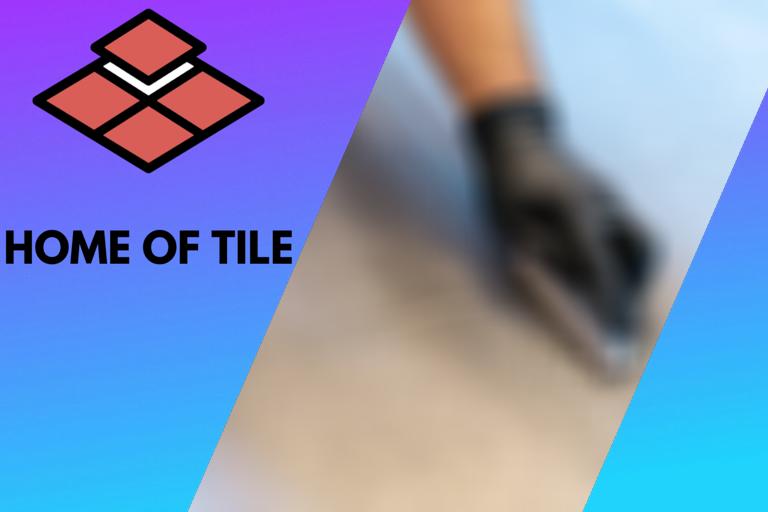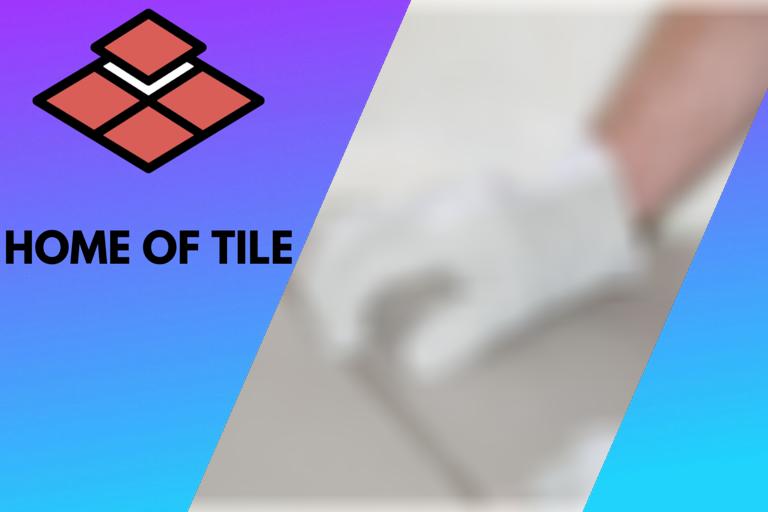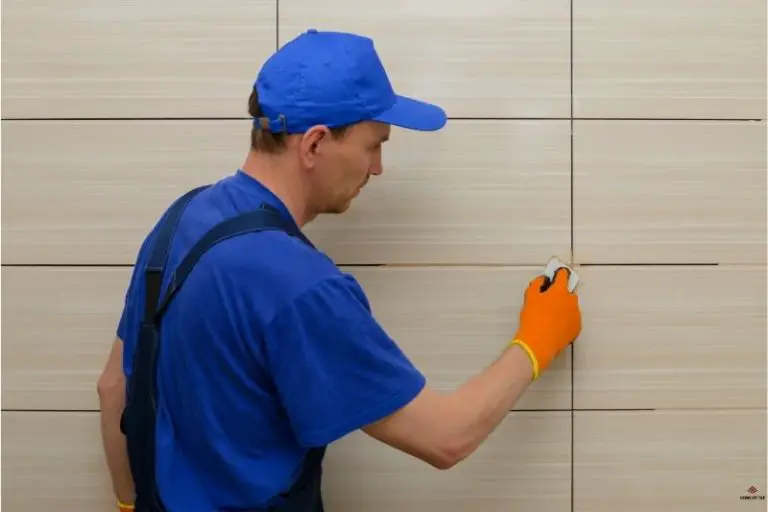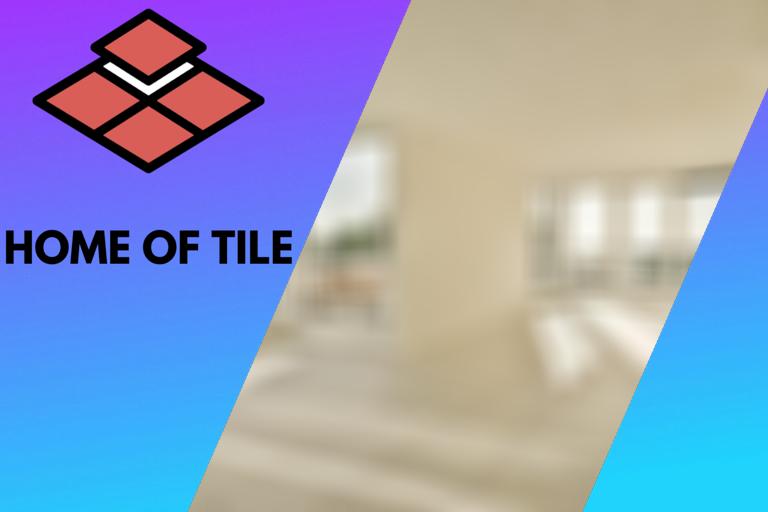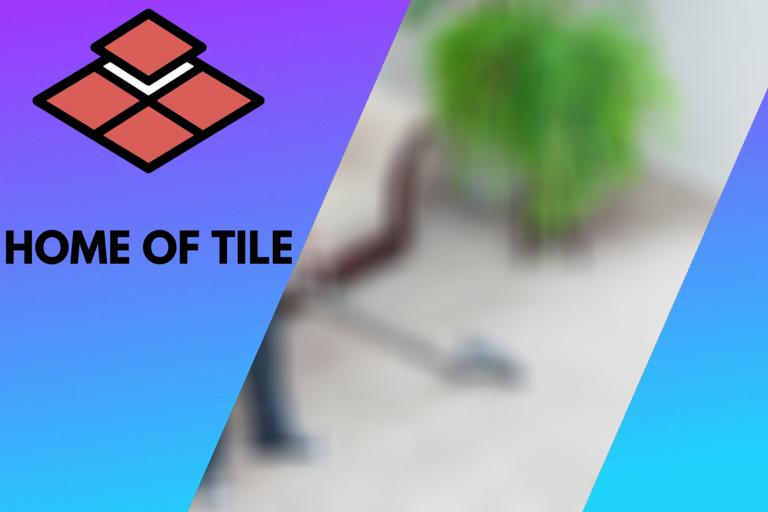Tiling your toilet: 11 things you should know
A tiled bathroom gives an aesthetic look to your house. And the big advantage is that cleaning is much easier. Depending on the type of toilet you use, a wall-hung toilet, or sitting on the floor, tiling can be more challenging. With a conventional toilet, you have to decide if you will lay tile around the toilet or under the toilet. If you lay tile under it, you have to take care of the new height between the toilet flange and your floor.

At the end of this article, you will understand the complete procedure for tiling around the toilet. You will also learn about removing the toilet and how to reinstall it after tiling.
Contents
- 1 How to remove a toilet for tiling, some helpful tips:
- 2 How to lift a toilet for tiling, some helpful tips:
- 3 Tiling around the toilet drain or waste pipe, some helpful tips:
- 4 Tiling the bathroom floor around the toilet, some helpful tips:
- 5 How long to wait to install toilet after tiling, some helpful tips:
- 6 Tiling around a toilet base, some helpful tips:
- 7 Tiling around sink and toilet, some helpful tips:
- 8 Tiling behind the toilet tank, some helpful tips:
- 9 How to reinstall a toilet after tiling, some helpful tips:
How to remove a toilet for tiling, some helpful tips:
Before removing the toilet, first cut the water supply and flush the toilet to remove the water from the reservoir. Try to clear the bowl as well. Disconnect the hose from the valve behind the toilet. And loosen the nuts on each side from the toilet base. Gently lift the toilet straight up and move it a little back and forth until it is separated from the rubber/wax ring. When loose, move your toilet to a safe place.
If you plan to install a new floor in your bathroom, you probably have to remove your toilet to remove the old tiles and install new ones. If you mount the toilet on the tiles, ensure that the new tiles have tiles settle properly before reinstalling the toilet.
How to lift a toilet for tiling, some helpful tips:
Generally, the first step before lifting the toilet for tiling is to remove all the water. Loosen the screws from the water valve behind the toilet. And the nuts on the retaining bolts on each side of the toilet base. Gently lift the toilet straight up and move it a little back and forth until it is separated from the rubber/wax ring. Dry lay the tiles on the floor around the toilet flange and mark the tiles that need to be cut to fit around the toilet base. You can also attach an extension ring to raise the height of the flange and then reattach the toilet above the toilet flange with its base supporting the tiles.
If you lay tile on your toilet or bathroom floor, you can choose to mount the toilet on the tiles or on the substrate. If the toilet was previously mounted directly on the floor, and now it will be mounted on the tiles, it means it will sit higher than before. This is due to the additional thickness of the tiles. This results in a difference between the toilet flange and the floor level. The flange needs to be on top of the tiles to get a good seal. To fix this, you can mount the flange on top of the tiles. Or use a flange extension ring to bring the flange up to the finished floor level.
If you want to use a flange extension ring, measure the distance between the flange and the top of the tiles. Purchase an extension ring that is thick enough so the top will be approximately ¼ inch above the finished floor.
Before installing the extension ring, clean the top of the toilet flange with a wet sponge and then seal the top edge of the flange using silicone caulk. Install the extension ring on top of the flange so that holes are aligned with the open spaces in the flange to maintain the correct position of toilet bolt slots. Then fix the extension ring by tightening the screw through the holes of the flange.
When purchasing an extension ring, it is recommended to buy a single ring that is not too high because it can interfere with the caulk seal and can cause it to crack. You can also purchase an extension ring that can be sealed using the gasket instead of caulk. In case of a concrete subfloor under the toilet flange, you should drill holes with a masonry bit and use self-tapping concrete screws to attach the extension ring.
Tip: After you flush the toilet, also remove the water from the bowl.
Tiling around the toilet drain or waste pipe, some helpful tips:
To install tiles around a drain or waste pipe, first, do a dry test. Place tiles on the floor moving towards the drain. For the drainpipe, make a mold with some thick paper. Copy the mold to the tile and drill the hole through the tile according to the drain size. Alternatively, you can also tile around the drain pipe. Lay whole tiles up to the front and on both sides of the toilet flange. Normally it will be covered by the toiler later.
Tiling around drain pipes disturbs the flow of the project and consumes a lot of time because fitting a tile around a pipe can be done by either using two tiles around the pipe or by drilling the hole into the tile. Fitting the tile around the pipe by drilling gives a more finished look to your tiling project.
After establishing a complete tiles layout, cut the tiles using a tile cutter or an angle grinder. Hold the tiles tightly with your foot and cut them according to the marked shape. Mix the thin-set and spread it over the floor using a trowel. Make the surface even with the flat edge of a trowel. Press the tiles in place with a notched trowel and put spacers between the tiles. Place the tiles on the floor adhesive moving towards the drain and then fit the tiles over that drain cover.
Wait for 24 hours and during this time ensure that no traffic should be allowed on the floor. Then remove the spacers and grout the surface to fill the gaps between the tiles. Clean the tiles of any excessive grout or adhesive. Wait another 24 hours so that the grout dries off and the tiles settle properly.
Tiling the bathroom floor around the toilet, some helpful tips:
In general, you do not need to remove it for tiling the bathroom floor around the toilet. Dry lay the tiles by placing whole tiles around the toilet area. Use some thick paper to make molds for the area surrounding the toilet. Copy the mold to the tiles, so you know where to cut. Use a tile cutter or tile nippers to cut the tiles.
● Step 1: Establish the layout
Before fixing tiles on the bathroom substrate, you need to dry test the layout. This avoids errors and helps to create a good layout. The area near the toilet will be more challiging. Most toilets have round forms. Use thick paper to make a mold of those areas. Copy the mold to the tiles. Use spaces to have an equal grout joint.
● Step 2: Cut the tiles
Knowing the layout, you can cut the tiles. Use a tile cutter or angle grinder. For the round shapes near the toilet, you can use a tile nipper. If you have a lot of tiles to cut, you can rent a wet tiles saw.
● Step 3: Lay the tiles
Prepare the adhesive according to the instructions from the manufacturer. Give your thin-set a mix and spread it over the bathroom surface evenly with a trowel. Level the adhesive using the flat edge of the trowel and lay the tiles over the adhesive by moving them a little back and forth. That way, they can settle properly.
How long to wait to install toilet after tiling, some helpful tips:
Generally, you need to wait at least 48 hours before installing the toilet after laying tiles. After fixing tiles with the adhesive, you should wait around 24 hours for the adhesive to dry. The tile joints take another 24 hours to dry. In the case of ceramic tiles, I even recommend waiting for 72 hours so you are sure the tiles settle correctly.
When you remove the toilet for tiling around it, examine the surrounding area and toilet flange. You need to ensure that it’s not broken. This helps you identify any damaged areas that need repairing before installing the new floor.
Tiling around a toilet base, some helpful tips:
In general, it is not hard to tile around the toilet base. In most cases, there is no need to remove it. First, check if there is a gap between the toilet base and the wall. You can tile around it if there is no gap, keeping a ¼ inch gap between the toilet base and the edge of tiles. Use some thick paper to make a mold for the challenging parts that need to be cut. If you want to tile around the toilet, including the small gap between the toilet and wall, I would strongly recommend removing the toilet first. And then lay tiles.
Tiling around sink and toilet, some helpful tips:
Tiling around the sink and toilet typically means you do not have to remove them. Start with dry laying the tiles so that you can choose the best layout. Use some thick paper to make a mold for the more challenging areas. Use spacers to ensure an even grout joint. Use tile snippers if you have to cut curves.
Prepare the adhesive and spread it over the surface evenly using the trowel. Lay the tiles over the thin-set and wait for at least 24 hours so that the adhesive gets dry and tiles settle correctly.
Tiling behind the toilet tank, some helpful tips:
To tile behind the toilet, you will have to remove the toilet tank. If you plan to tile the whole wall, including the area behind the toilet, follow the same pattern as the rest of the wall. Otherwise, measure the area carefully. Divide the measurement you’ve taken in half and snap a line at the center using some chalk. Plan the first tile at the centerline so that you can fix the whole tiles vertically without cutting them. Continue to lay tiles on both sides of the center line and cut the tiles at the edge.
Experts always recommend tiling behind a toilet tank to protect your surface from water damage and extra humidity.
How to reinstall a toilet after tiling, some helpful tips:
To reinstall a toilet after tiling, check that the toilet flange’s height is correct. If this is ok, carefully dry-mount the toilet. If it is not ok, use a flange extender. Mark the location of the toilet screws. Remove the toilet and drill the holes for the screws. Place the toilet over the flange and align it such that it can be screwed down. Tighten the screws and compress the toilet in order to make a good seal. Connect the water supply and test if all is fine.
When tightening the nuts, ensure that you do not over-tighten the nuts because it can cause cracks in the bowl. Just tighten the nuts enough so that it can prevent the toilet from moving.

